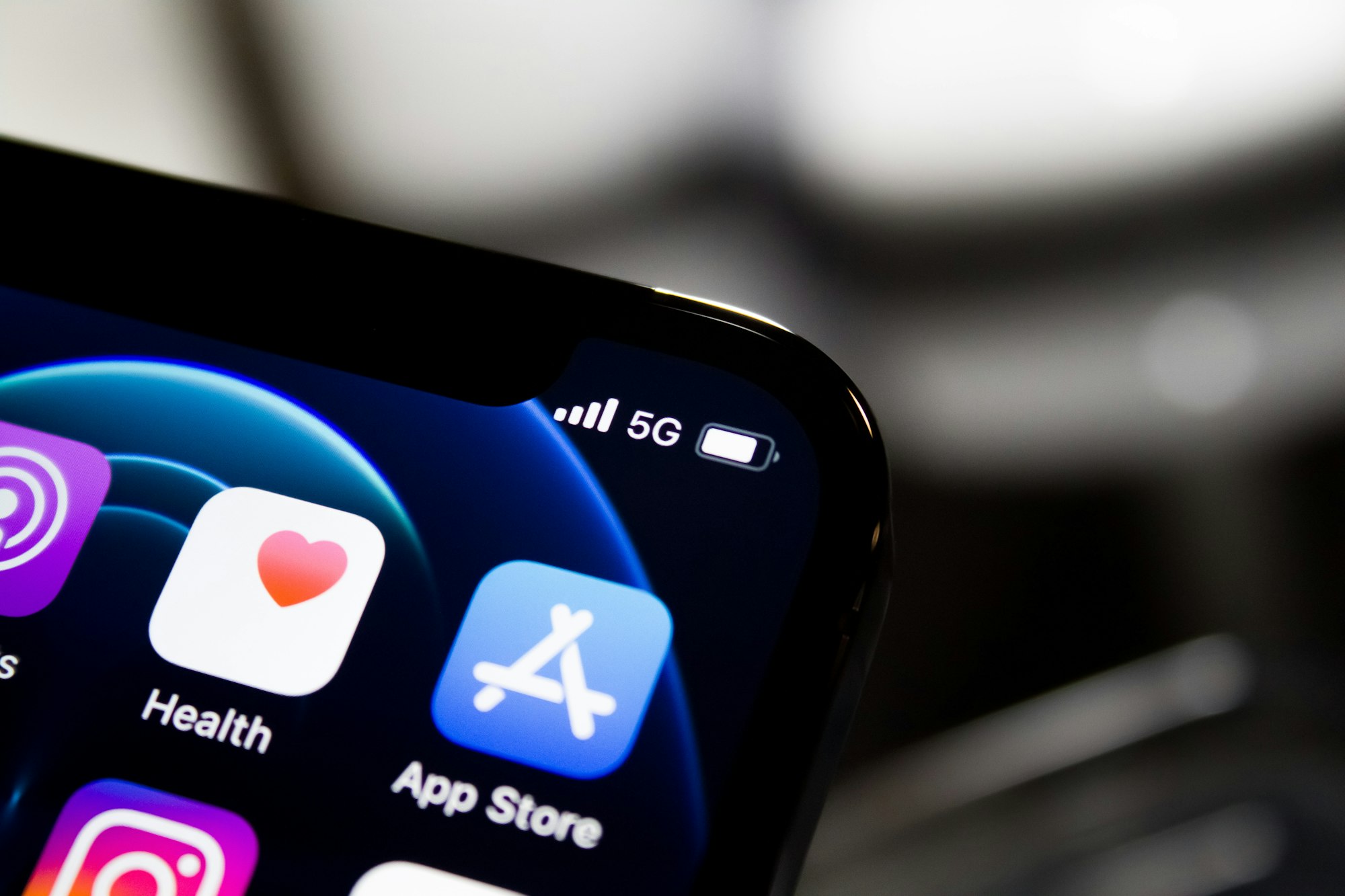In 2020, more people turned to mobile apps than ever before. Whether it was for work, school, entertainment, or even shopping, mobile apps were necessary to get through the day-to-day.
In fact, 130 billion apps were downloaded last year, which is a 10% increase from 2019. The total worth of the market last year was over £8 billion.
This market is undoubtedly one that's worth entering, but how do you go about doing it? Where do you even learn how to build an app?
Luckily, we're here to help. Read on to learn the best steps you can take to learn mobile app development.
1. Get Creative
So, what's your idea? Do you have one? If so, what are your specific goals with that idea?
The most important thing to remember here is that your goals shouldn't be arbitrary or complicated from the beginning. You're not setting out to reinvent the wheel. You're simply creating the solution to an everyday problem, or possibly even filling a gap in the market.
You don't have to have everything laid out here, though. You just have to be able to create a rough draft that has all your general ideas and possible solutions.
You're going to figure out the specifics within the next few steps.
2. Conduct Market Research
Conducting market research may sound complicated, but it can be as simple as getting on social media and seeing what your target audience is talking about. Also, take a look at some of the things being Googled about the market you're looking to enter.
Google's free keyword research tool can even help you answer these questions.

Keyword research and even searching on social media is usually connected to search engine optimisation (or SEO), but in this case, it's going to help you develop a target persona — the ideal person that's going to be using your app.
You can even work up to customer interviews if you'd like. Basically, anything that is going to help you hone in on 'who this app is for?' is going to be valuable.
3. Identify Your Target's Pain Points
Once you've identified your goals and your target persona, it's time to move into their pain points. By targeting pain points, you're directly filling a hole in the market or offering a solution to a common problem.
After figuring out exactly what your app is going to be providing, it's time to get creative.
4. Draw It Out
This next step is simply going to involve you pulling out a pen and piece of paper. From there, sketch out what you want the app to look like. There's also no need to limit yourself here.
If you want, pull out markers or create a mock-up in Photoshop to figure out colours and a decent layout. How do you want the user to navigate the app? Does everything flow properly or does it feel jumbled?

5. Find a Developer
Once you've got a rough draft of your app, it's time to find someone to help you bring that idea to life. While there's nothing wrong with taking the DIY route for your app design, help from a professional will help guide and keep you on track throughout the entire process.
You're going to want a developer that's willing to give you regular updates, and someone that you can work well with. Honesty and efficiency are the two biggest factors here, and they're going to be vital in this working relationship.
6. Identify the Risks
This is where honesty comes into play.
Once you've told the developer about your idea, it's time to identify for you to sit down with them and identify any risks you may be facing. By doing this early in the process, you can make strategic moves to eliminate the risks before anything launches.
Eliminating risks and other potential pitfalls early in the process saves you time and money later down the line.
7. Create a Prototype
Next, it's time to create a prototype so you can begin incorporating the app into other aspects of your company, business, or even your personal brand. The point is to not wait until something is done being created to take all the other necessary steps forward.
Once you've done all the planning, getting set on releasing a prototype makes other aspects of mobile app development — like marketing, website or landing page design, and even branding — easier to create so you can launch sooner rather than later.
At Danger Farms, we do exactly that. Our developers will provide you with a prototype to hand off to other areas of your business so it can be gone over before everything launches.
From there, you can see where the app fits into your brand and all the aspects of it, or you can come back and let us know what needs to be done differently.
8. Launch Your App
Once everything is done, it's time to create app developer accounts on the App Store and the Google Play store and then launch. Remember, you can't release your app without these accounts, so be sure to create them as soon as it's necessary. This might also be a step your developer takes for you, so be sure to ask them.

After launch, be sure to keep an eye on reviews and other forms of customer feedback.
9. Incorporate Feedback
Now, the point is to create an app that is useful from the beginning, but sometimes you find that there are things to be added.
Once you've launched, read reviews, and created a running list of things that need to be added or dropped, it's time to get to work incorporating all of that feedback.
Remember These Steps When Learning How to Build an App
Remembering these steps when learning how to build an app is going to make your venture to join other mobile app companies that much easier.
By laying out goals and identifying who you're helping from the beginning, you create a guide for yourself and those you're working with. From there, everything else falls into place.
These small steps convey a sense of empathy to your customers and set you apart from the rest.
If you're interested in creating a mobile app with a company that already embodies these traits, contact Danger Farms to get started on your mobile app today.

